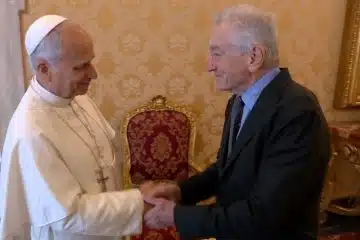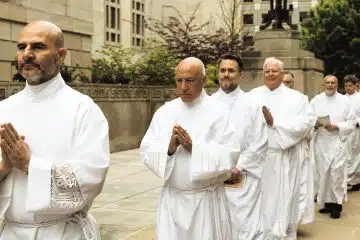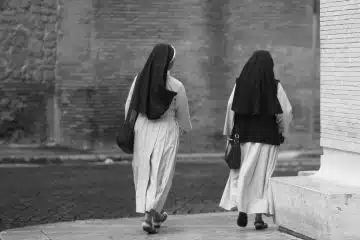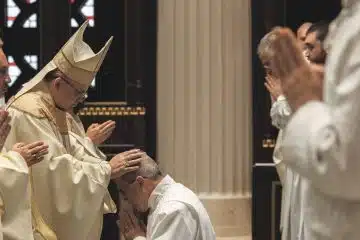Mass Presence: Physical versus Virtual
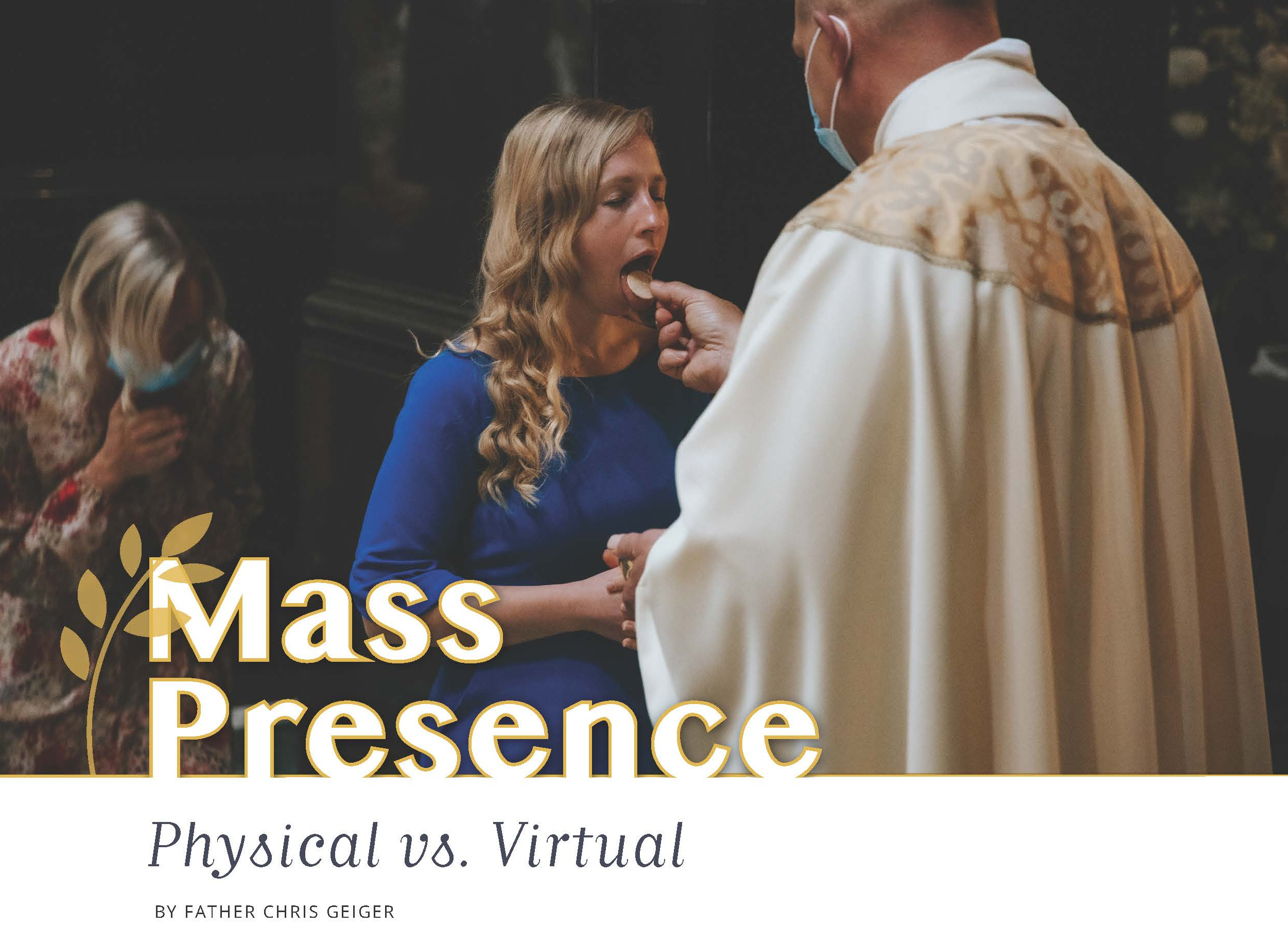 “It’s not perfect, but we are doing our best to make it work.” The bride-to-be did her best to appear cheerful during the marriage preparation meeting with her fiancé and me. The meeting took place over Zoom, not because of the pandemic, but because all three of us were in different states. The couple had spent most of their engagement separated by a ten-hour drive and were working hard to navigate the difficulties of a long-distance engagement. They faithfully texted each other throughout the day and never missed their video call each evening, the only opportunity they had to see each other “face-to-face.”
“It’s not perfect, but we are doing our best to make it work.” The bride-to-be did her best to appear cheerful during the marriage preparation meeting with her fiancé and me. The meeting took place over Zoom, not because of the pandemic, but because all three of us were in different states. The couple had spent most of their engagement separated by a ten-hour drive and were working hard to navigate the difficulties of a long-distance engagement. They faithfully texted each other throughout the day and never missed their video call each evening, the only opportunity they had to see each other “face-to-face.”
But while virtual communication was necessary and even a great gift, both agreed that the situation was putting a strain on their relationship. Virtual presence was not enough and a poor substitute for the real presence of the other.
Anyone who has attempted to maintain a long-distance relationship can sympathize with this couple’s longing to be together, especially as they prepare for marriage. Even as a celibate priest, I am frequently moved by the beauty of spousal love, which the Scriptures frequently use as a metaphor for the relationship between God and His people. Isaiah says, for example, “For your husband is your Maker; the LORD of hosts is his name” (Is 54:5); both John the Baptist and Jesus Himself refer to Jesus as the bridegroom (Jn 3:29; Mk 2:19); and heaven is described as a wedding feast (Rev 19:9).
The Catechism of the Catholic Church condenses this reality: “The entire Christian life bears the mark of the spousal love of Christ and the Church” (CCC 1617). (For an excellent overview of the relationship between God and His people as one of marital love, I recommend Jesus the Bridegroom, by Dr. Brant Pitre).
We must never lose sight of the remarkable truth that Jesus calls each of us to a relationship with Him that resembles marriage. It is a covenantal relationship in which the Lord gives the entirety of Himself to the Christian, and the Christian gives him/herself entirely to the Lord. At every Mass, we have the opportunity to enter into this spousal relationship. Jesus offers Himself wholly to us in the Eucharist, which is Jesus Christ himself – Body, Blood, Soul, and Divinity (CCC 1374). For our part, we have the opportunity to receive this total gift of Jesus himself into our bodies, and, in this reception, to give ourselves wholly back to Him.
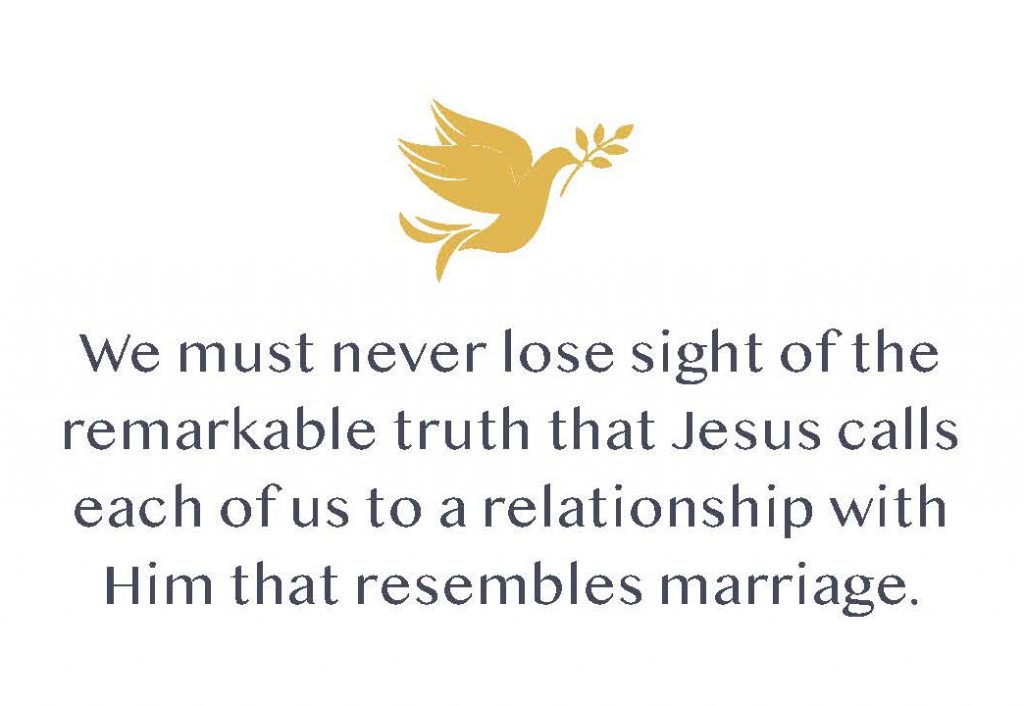
NOTHING CAN REPLACE UNION WITH THE ONE WE LOVE
Keeping all of this in mind, it becomes readily apparent that “virtual Mass” is not enough. During the pandemic, it was necessary for a time (and, for some, it may still be necessary), but making the choice to attend Mass virtually is akin to choosing to remain in a long-distance relationship with the one we love and maintaining our distance from the One who deeply loves us. Nothing can replace being in the physical presence of, and being physically united with, the one we love.
Our hearts break for those who, because of age or medical vulnerability, cannot be physically present with us for Mass. We must never forget nor neglect those who are homebound, as they are never forgotten by God. For those of us who can attend Mass safely, however, it is time to come back into the Real Presence of the Bridegroom. “Virtual Mass” has been a necessary supplement to our relationship with the Lord, but every authentic spousal relationship desires union with the beloved. It is time to come back home to the “source and summit of the Christian life” (CCC 1324). It is time to dwell again in the presence of Jesus Christ, who satisfies the deepest desires of every human heart.
This article appeared in the June 2021 Bicentennial Edition of The Catholic Telegraph. For your complimentary subscription, click here.


